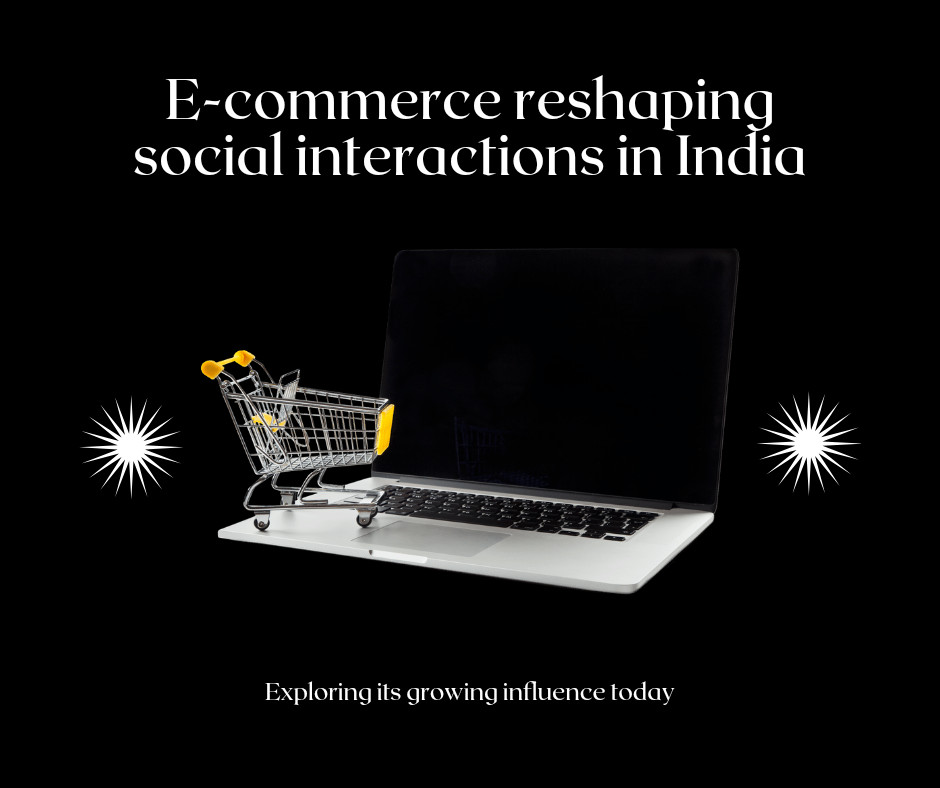In recent years, India has witnessed significant strides in promoting women’s rights and empowerment through various government initiatives. These efforts aim to dismantle the historical barriers that have long hindered women’s social, economic, and educational advancement. Among these initiatives, the "Beti Bachao Beti Padhao" campaign stands out as a flagship program designed to address issues of gender discrimination and educate the girl child. As we delve into the effectiveness of such policies, it's essential to assess both their progress and the roadblocks that persist in realizing true gender equality in India.
The Genesis of Beti Bachao Beti Padhao
Launched in 2015, "Beti Bachao Beti Padhao" (Save the Girl Child, Educate the Girl Child) aims to promote the importance of girl children in society and ensure their right to education. The initiative targets declining sex ratios and seeks to create a more supportive environment for women in both rural and urban areas. Through awareness campaigns, financial incentives, and community engagement, the program strives to shift societal perceptions about girls, underscoring their value and Progress Made.
The Beti Bachao Beti Padhao initiative has undeniably contributed to raising awareness and fostering discussions about women's rights. Success stories from various states illustrate the changing attitudes towards girl children. Increased enrollment of girls in schools, improved health outcomes, and a gradual but noticeable reduction in female infanticide rates are testaments to the efforts made under this program. Many states have reported a rise in the literacy rate among girls, accompanied by a growing presence of women in various sectors, including education and healthcare.
Moreover, the initiative has prompted local governments to establish girl-friendly policies, provide financial support for girls' education, and encourage gender-sensitive curriculum reforms. Collectively, these efforts are helping to build a foundation for future generations of empowered women who are equipped to contribute to society.
Roadblocks to Empowerment
Despite these promising developments, several roadblocks continue to impede the comprehensive empowerment of women in India. One significant challenge is the persistent cultural stigma attached to female education and autonomy. In rural areas, traditional gender roles are deeply entrenched, making it difficult for families to prioritize investing in a girl’s education over a boy's. Many parents still view daughters as financial burdens, a perception rooted in the practice of dowry and the expectation that women will eventually leave their families to marry.
Additionally, while the Beti Bachao Beti Padhao initiative has made strides, critics argue that it often lacks effective implementation at the grassroots level. Many regions still grapple with insufficient infrastructure, a lack of trained educators, and inadequate resources to support girl’s education effectively. Without addressing these systemic issues, the impact of government initiatives remains limited.
Moreover, the ongoing prevalence of gender-based violence underscores the urgent need for comprehensive strategies that address not only educational gaps but also safety and security for women. Cases of harassment and violence continue to intimidate women and girls, discouraging them from pursuing education and gathering the confidence needed to participate in public life.
The Path Forward
To enhance the effectiveness of women empowerment policies in India, a multifaceted approach is essential. Policymakers must prioritize the integration of community engagement and education initiatives that address both cultural norms and economic conditions. Encouraging partnerships with local NGOs, community leaders, and women’s groups can facilitate greater awareness and drive change from the bottom up.
Importantly, creating policies that enforce strict penalties against gender-based violence and promoting women’s leadership in all sectors are crucial steps toward dismantling the roadblocks to empowerment. Additionally, government bodies must ensure transparent and accountable implementation of existing programs, continuously monitoring their impact and making adjustments as necessary to meet the varied needs of women across regions.
The journey of women empowerment in India is a complex yet essential endeavor. While initiatives like Beti Bachao Beti Padhao have shown promising results, real and lasting change requires collective efforts to confront deep-rooted societal issues that continue to hold women back. As the movement for gender equality continues to evolve, it's imperative that we not only celebrate progress but also address the challenges head-on, ensuring a brighter future for the women of India and the society as a whole. Sustainable growth and development thrive when every member of society, regardless of gender, is empowered to contribute and flourish.












